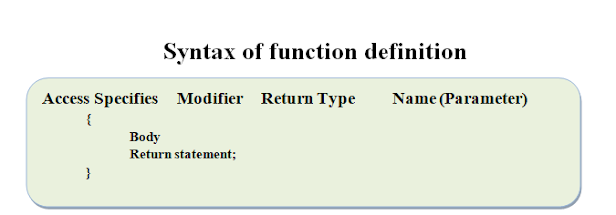Share the First Experience:-
first, of fall I describe java
Java
is a high-level object-oriented programming language. It a programming language
also it a platform and also technology, It is not a JavaScript, JavaScript is a
object-based language but java is a pure object-oriented language, And now java
is using for all types of application development.
Now it possible to develop many types of Application and Desktop Software/application with the use of java.
Also develop a website and web application, mobile application.
Java is a simple, secure, and high-level platform-independent language that has the capability to develop various types of applications such as system software (OS and Compiler). Application software (Desktop, web, mobile, enterprise, embedded, database and testing application, etc).
Now it possible to develop many types of Application and Desktop Software/application with the use of java.
Also develop a website and web application, mobile application.
Java is a simple, secure, and high-level platform-independent language that has the capability to develop various types of applications such as system software (OS and Compiler). Application software (Desktop, web, mobile, enterprise, embedded, database and testing application, etc).
Java has only 1 drawback it does not directly interact with hardware
There are three basic steps to make a program through OOP.
- Identification
- Class define(module)
- Object creation
Program Language is a vocabulary and set of grammatical rules for instructing a computer or computing device to perform specific tasks.
types:- Middle-level language(MLL), Low-level Language(LLL) and High-level language(HLL).
In Programming we have used different types of a language translator, we have discussed the main three types Compiler, Interpreter, and Assembler.
Function
The function is a set of the statement which are used to
perform a specific task, It provides reusable component into the program. It is
also known as sub routine methods.
There are five basic components of a function.
Modifier :- Static, abstract, final and more.
Return
type:- It a type of final
result returns by the function. If the function does not return any value then
their return type will be void by default the return type is int.
Name:- It is the valid identifier that is used to recognize.
Parameter:- Parameter is set of variable which is used to receive the required value of the called function.
Body:- It consists of a set of the statement which defines the functionality of the function.
Return statement:- It is used to terminate the execution of the function, it totally depends on the return type. If the return type of the function is void then it’s doesn’t need a return statement because is automatically terminated
Name:- It is the valid identifier that is used to recognize.
Parameter:- Parameter is set of variable which is used to receive the required value of the called function.
Body:- It consists of a set of the statement which defines the functionality of the function.
Return statement:- It is used to terminate the execution of the function, it totally depends on the return type. If the return type of the function is void then it’s doesn’t need a return statement because is automatically terminated
At a time a function
can only execute a single return statement.






No comments:
Post a Comment